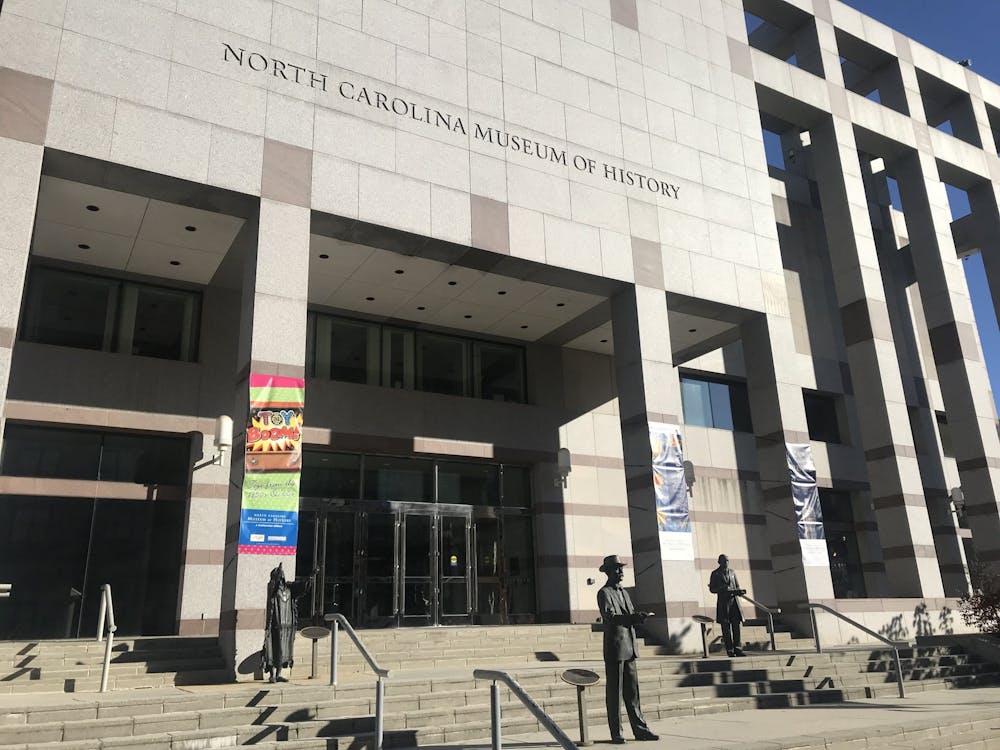Willis Whichard, former associate justice of the N.C. Supreme Court and two-time UNC graduate, has created an exhibit documenting one of North Carolina’s most powerful institutions.
The North Carolina Museum of History unveiled a new exhibit titled “Law and Justice: The Supreme Court of North Carolina, 1819-2019” on Nov. 15. The exhibit is part of efforts this year to celebrate the bicentennial of the state's Supreme Court.
Whichard said space was a key limiting factor, noting that the court has produced almost 50,000 opinions in its lifetime, but the exhibit does focus on major issues the court has confronted, including slavery, racial segregation and the evolution of environmental law.
He said he hopes North Carolinians will learn how the court affects their daily lives — it's the final judge of questions of state law, and the court’s decisions have rippling effects throughout the state’s history.
“If the question is one purely under the state constitution or under state law, what that court says is final. Those cases then become precedents, and the lower courts rely on them in deciding cases presenting the same or similar factual scenario,” he said. “So those opinions are important, not just to resolve a given dispute, but because they are published and are there, presumably, from now on.”
While the exhibit focuses on major court decisions over the past two centuries, Whichard said he also wanted to focus on the individuals that make up the court, or specifically, the 101 justices that have sat on the court since its creation. He said he has a strong interest in biography and enjoys the exhibit’s emphasis on the people that have made up the court.
At the exhibit’s opening, Whichard read a symbolic letter to John Louis Taylor, the court’s first chief justice. In marking the new exhibit, he spoke about the significant changes that the court and North Carolina have seen in the past 200 years, particularly in the court's gender and racial makeup.
With just 33 museum panels to tell 200 years of history, Whichard said he worked to make the exhibit accessible to the state’s schoolchildren. With thousands of students expected to visit the museum, he said, it was a priority to create content that students can relate to and engage with.
“It’s a conglomerate entity, drawing on bits and pieces of 200 years of history,” he said.




